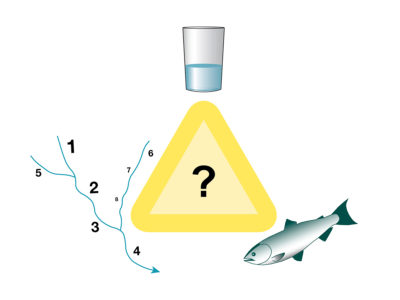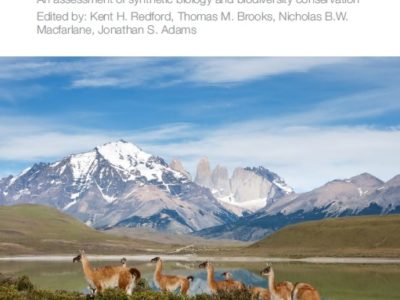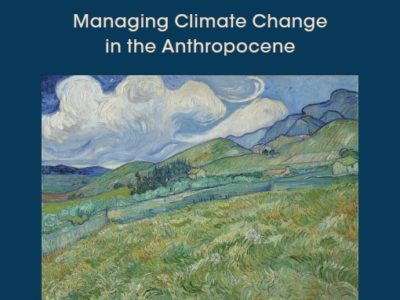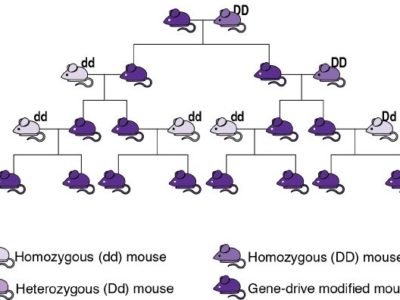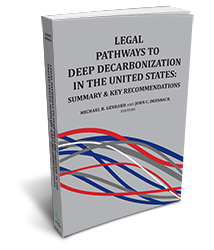Month: May 2019
Guest Blogger Michael Panfil: Supreme Court Declines to Hear New York and Illinois Clean Energy Cases Challenging Zero Emission Credits
Cert. Denials Have Significant Implications for Environment, Human Health, and Clean Energy
States are on the leading edge in crafting pathbreaking climate and clean energy policy. They rely on longstanding authority to do so to further their citizens’ welfare and wellbeing. That bedrock authority recently received important reaffirmation from the Supreme Court, which last month declined petitions for review in two cases with important implications for power …
CONTINUE READINGLaw Schools and the Environment: East Coast Version
Environmental law centers aren’t just a California thing. .
Readers of this blog probably have some sense of what the environmental law centers at UCLA and here at Berkeley are doing. There are too many environmental law centers to do a a comprehensive nationwide survey, and trying to pick a top-10 list would be completely subjective. To keep this post manageable, I’ll only discuss …
Continue reading “Law Schools and the Environment: East Coast Version”
CONTINUE READINGOf War and the Environment
War and environmental disruption are like evil twins, often found together.
A Vietnam-era slogan proclaimed that “war is not healthy for children and other living things.” And war is indeed a danger to the environment. But perhaps less obviously, environmental disruption also makes wars more likely. The slogan was appropriate for its time. The U.S. deforestation campaign in Southeast Asia caused environmental harm on an unprecedented …
Continue reading “Of War and the Environment”
CONTINUE READINGMaking Key Policy Decisions in Advance of Droughts
Part 6 in a Series on Improving California Water Rights Administration and Oversight for Future Droughts
It’s hard to respond effectively to a crisis when you don’t have clearly defined priorities. This is true for sudden-onset crises, like floods and wildfires, and also for slow-onset crises, like droughts. My recent posts have explored why the State Water Resources Control Board (Board) should develop a contingency-based framework to support its drought decisions …
Continue reading “Making Key Policy Decisions in Advance of Droughts”
CONTINUE READINGGoverning New Biotechnologies for Biodiversity Conservation
The fourth in a series examines how international institutions have responded
The previous two posts in this series described how and why genetically modified organisms (GMOs) could be introduced into wild populations, either “typically” modified ones that would transmit their altered genes ineffectively or those with “gene drives” whose changes would quickly propagate through the entire population. In both cases, their potential applications include helping conserve …
Continue reading “Governing New Biotechnologies for Biodiversity Conservation”
CONTINUE READINGThe Governance of Solar Geoengineering: Managing Climate Change in the Anthropocene
My book is now available!
I interrupt my ongoing blog series on new biotechnologies and their governance (1, 2, 3) to announce that my book The Governance of Solar Geoengineering Managing: Climate Change in the Anthropocene is available today from Cambridge University Press. The brief description is: Climate change is among the world’s most important problems, and solutions based on …
CONTINUE READINGEPA’s Magic Disappearance Trick
The Trump EPA has come up with a way to hide hundreds of deaths in plain view.
According to press reports, EPA is preparing to ignore possible deaths caused by concentrations of pollutants occurring below the national ambient air quality standards (NAAQS). This is a key issue in a lot of decisions about pollution reduction. For instance, there is no NAAQS for mercury, but pollution controls on mercury would, as a side …
Continue reading “EPA’s Magic Disappearance Trick”
CONTINUE READINGGenetically Modifying Wild Populations
The third in a series examines powerful new gene drive tools
In my previous two posts, I introduced what I call first, second, and third generation genetically modified organisms: (1) GM bacteria for diverse, mostly indoor purposes; (2) GM crops and agricultural animals; and (3) GMOs that would be intentionally placed into natural environments, where they would live, reproduce, and transmit their modified genes to offspring. …
Continue reading “Genetically Modifying Wild Populations”
CONTINUE READINGGetting to 2050
A roadmap for achieving an 80% emissions cut.
To do its part in keeping climate change to tolerable levels, the United States needs to cut its carbon emissions at least 80% below 1990 levels by 2050. That’s not just a matter of decarbonizing the electricity sector; it means changes in everything from aviation to steel manufacture, and reducing not only CO2 but also …
Continue reading “Getting to 2050”
CONTINUE READINGSen. Portantino Spikes California’s Critical Housing & Climate Legislation
Will Gov. Newsom and Sen. Atkins Rescue SB 50?
California faces a dual crisis: a massive housing shortage leading to displacement and spiraling economic inequality; and an increase in driving miles and related greenhouse gas emissions which threaten to undermine the state’s progress achieving its climate goals. Both of these crises were solidly addressed in Sen. Scott Wiener’s SB 50, which seeks to ease …
Continue reading “Sen. Portantino Spikes California’s Critical Housing & Climate Legislation”
CONTINUE READING





